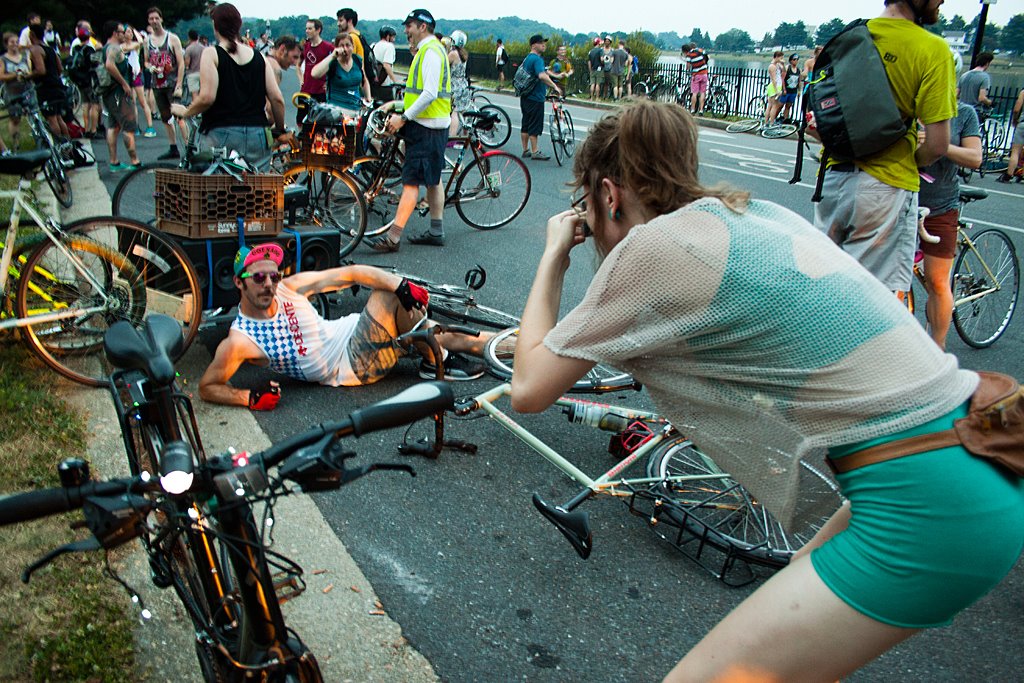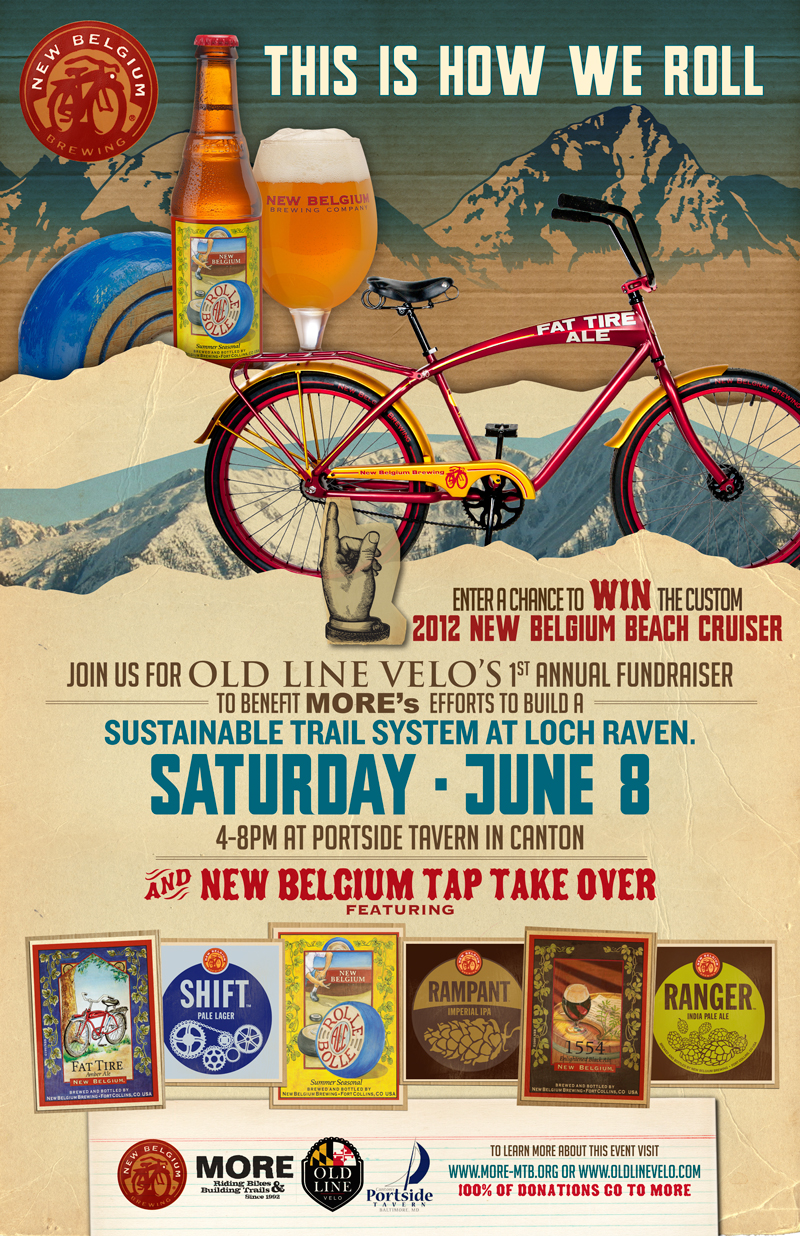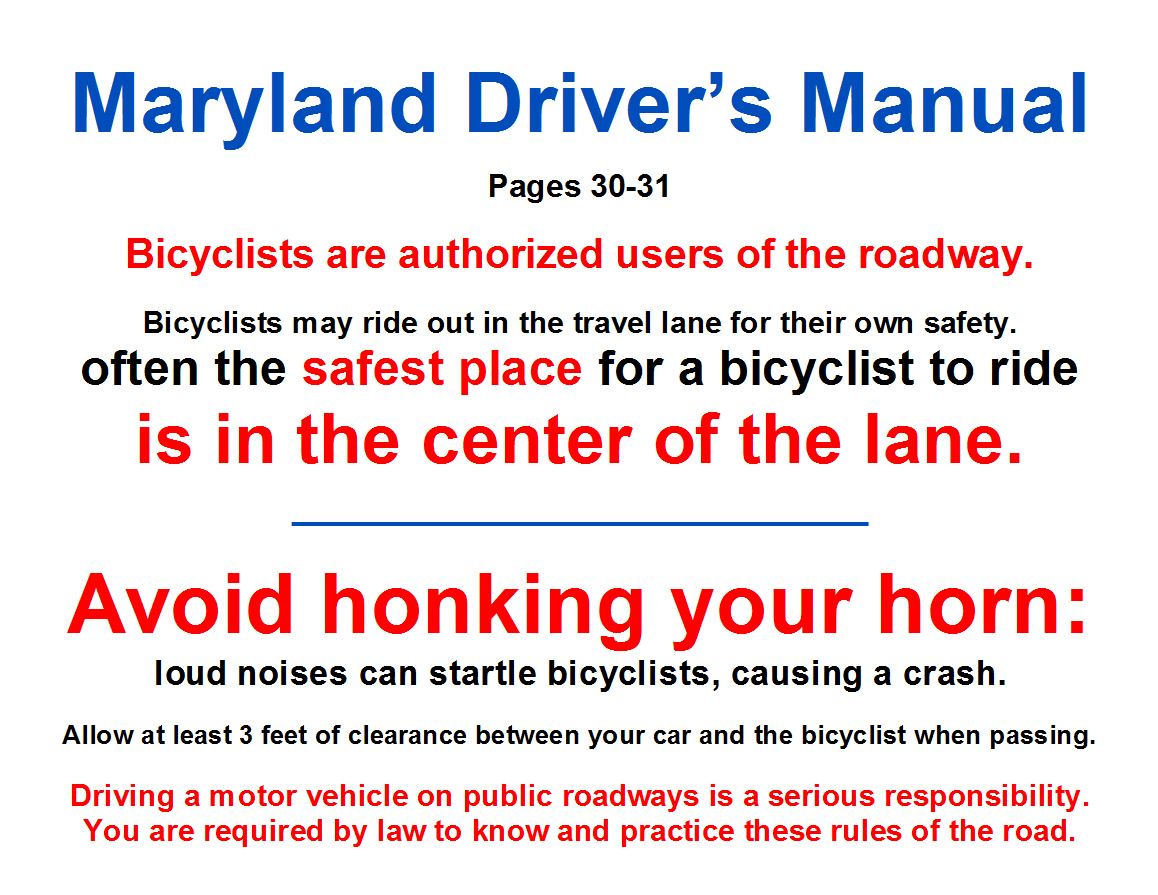Baltimore City is at a transportation crossroads. We can move in the direction of a safer, healthier, more sustainable and economical city — the direction in which dozens of cities across America are moving — or fall back on prioritizing cars over people.
Mayor Stephanie Rawlings-Blake recently selected William Johnson as the new director of the Baltimore City Department of Transportation. The priorities that the mayor and Mr. Johnson set for Baltimore's transportation future will have a significant impact on neighborhood livability and our ability to retain current residents and attract new ones. Their leadership in following through on recent plans and expanding existing livability initiatives will be critical:
- The Department of Transportation's Strategic Transportation Safety Plan echoes years of requests from community groups to improve safety on our streets, especially for pedestrians and bicyclists, as key to making communities safe and enjoyable.
- Baltimore's Sustainability Plan and Climate Action Plan both call for increased walking, bicycling and transit to reduce greenhouse gas emissions and other negative environmental impacts.
- The city's Healthy Baltimore 2015 plan recognizes the importance of incorporating physical activity into our everyday lives to improve our quality of life and reduce chronic disease.
- Department of Transportation planners are crafting plans for a Downtown Bicycle Network, which would include the Maryland Avenue Cycletrack, a 2.6-mile, physically separated bikeway between Pratt and 29th streets.
But will we turn these plans into reality? Baltimore cannot and should not compete with the suburbs for wide, car-centric roads and ubiquitous parking. Instead, Baltimore should capitalize on our population density, connected street grid, and diverse economic and cultural nodes to make sure that residents can find work, entertainment, recreation and shopping within a short walk, bicycle ride, or transit trip. It's not about forcing people out of their cars; it's about providing a variety of convenient, safe and affordable transportation options for all Baltimore residents.
Accessible sidewalks; dedicated space for bicycling; and high-quality, modern transit encourage more physical activity and less driving, leading to a healthier, safer and more environmentally sustainable city and more cohesive neighborhoods. Baltimore has made strides in this direction, implementing over 100 miles of on-street bicycle facilities since the development of the 2006 Bicycle Master Plan, contributing to a doubling of bicycle commuters; and committing to build the Red Line. Perceptions are also shifting, as evidenced by the success of the Charm City Circulator and Baltimore Bike Party.
But much more needs to be done to make Baltimore a place where people of all ages and ability levels will feel safe, secure and comfortable walking, bicycling and taking transit for their daily needs.
Political will — not money — is the greatest challenge; most of the changes needed are relatively low-cost. Washington, New York, Philadelphia, Portland, Denver, Seattle, Minneapolis and other American cities have demonstrated the value of investment in a diverse urban transportation system. (Mr. Johnson, in fact, was streets director in Philadelphia when that city began its efforts.) They have reclaimed roadway space for bicyclists and pedestrians, established extensive bicycle sharing systems, supported new transit projects, and focused on pedestrian safety. Chicago's new Complete Streets Guidelines are a great example, clearly stating: "All transportation projects and programs, from scoping to maintenance, will favor pedestrians first, then transit riders, bicyclists, and automobiles."
Baltimore was a streetcar city, built before the automobile came to dominate our environment. We can easily build on the historic framework of connected streets, by making it easier and more enjoyable to get around on foot or by bus or rail. However, that goal can only be accomplished if those modes are given priority in all of our transportation and development decisions.
- Making this happen will take a team effort on issues including:
- Partnering with the MTA on transit signal priority and expanded QuickBus service;
- Fully implementing the city's Complete Streets resolution;
- Building the Downtown Bicycle Network and a system of "bicycle boulevards";
- Building the Red Line to create a modern transit network;
- Developing and implementing a Pedestrian Master Plan;
- Establishing a public bicycle-sharing system;
- Executing the Strategic Transportation Safety Plan;
- Retiming traffic signals to reduce speeding and improve safety; and
- Pushing for a more progressive regional transportation plan.
We hope that Mayor Rawlings-Blake and the City Council will ask Mr. Johnson and other department heads to give walking, transit and bicycling the highest priority in all transportation and development decisions and help transform the city's ambitious plans into on-the-ground action. Much has been done, but we need to act now to maintain and build on the momentum.
Chris Merriam is executive director of Bikemore and Robbyn Lewis, is founder of the Red Line Now! PAC. Contributing to this article are Carol Silldorff, executive director of Bike Maryland; Susan Sgroi, transportation chair of the Patterson Park Neighborhood Association; Klaus Philipsen, FAIA, president of ArchPlan Inc.; and Rob Bennett, chairman of BMore Streets for People.
 Baltimore Bike Party invites you to get out your 80s garb and get rad for the second consecutive June. And I'm sure you remember how much fun you had last year:
Baltimore Bike Party invites you to get out your 80s garb and get rad for the second consecutive June. And I'm sure you remember how much fun you had last year:




